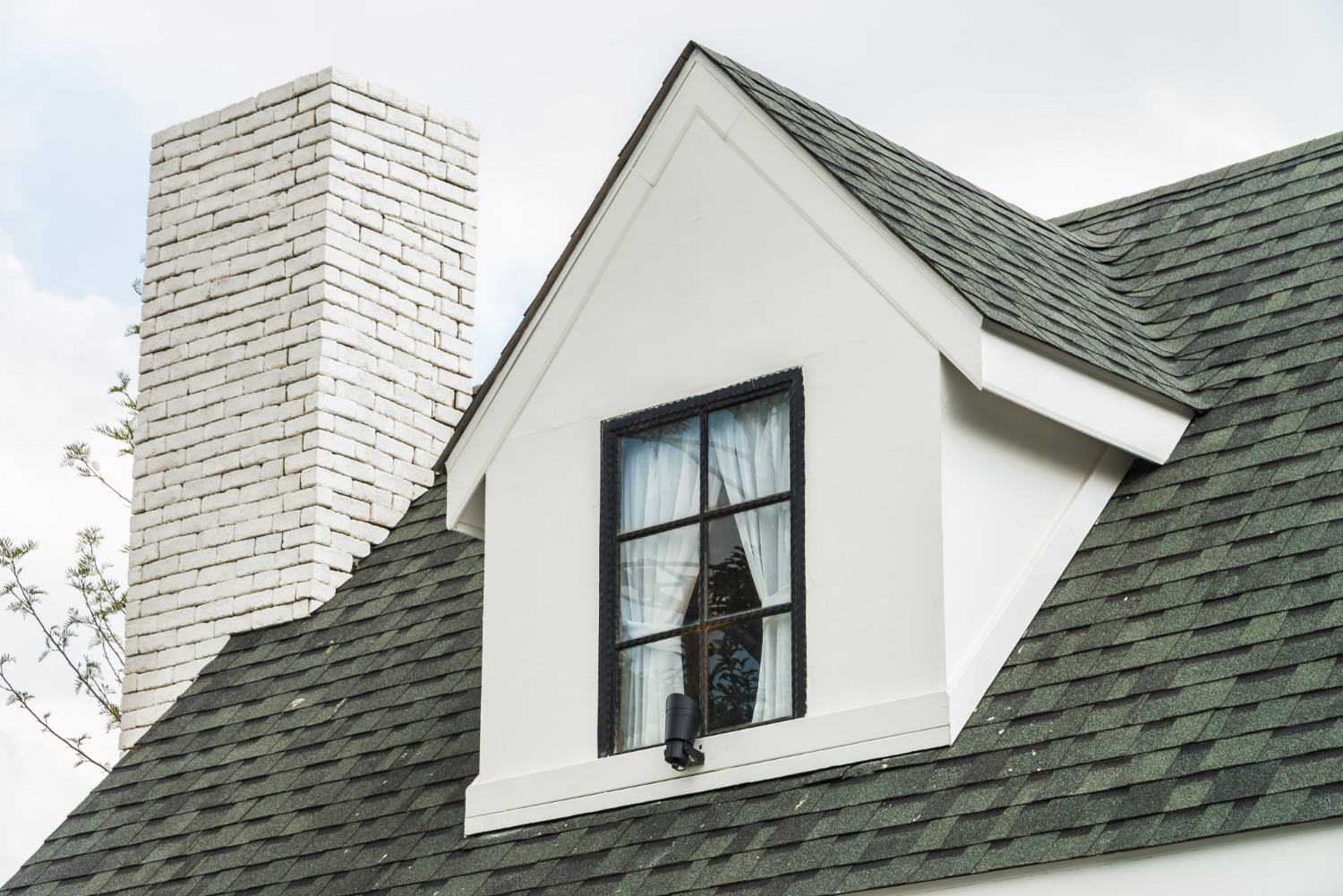

Finding a skilled roofing contractor in Flint, TX, can be expensive, so learning to shingle your own roof saves money and gives you control over quality. This guide walks you through the complete process of installing shingles like a professional. We'll cover the tools you need, how to prepare your roof, proper installation methods, and finishing techniques. With the right approach and attention to detail, you can create a strong, long-lasting roof that not only looks great but also protects your home for years to come.
Before you start shingling, gather all the necessary tools and materials for the job. You'll need a good roofing hammer with a straight claw and a sharp utility knife for cutting. Get a strong ladder with standoff arms to keep you safe while working. Other important tools include a chalk line for marking straight lines, roofing nails, a nail gun for faster work, a roofing shovel for removing old shingles, and a nail pouch to keep supplies close at hand. For materials, purchase enough asphalt shingles, underlayment, and flashing to complete the entire job. Having everything ready before you start ensures that the work proceeds smoothly and helps you achieve professional results.
Start by carefully inspecting your roof to identify any necessary repairs before installing new shingles. Look for damaged or missing shingles, sagging spots, or water stains that show leaks. Check the flashing around vents, chimneys, and edges for cracks or gaps. Address these issues now to prevent more significant problems in the future. Examine the roof deck for soft spots or rot that need repair. Check that all the old nails are removed and the surface is clean. Taking time to prepare properly means your new shingles will last longer and perform better.
After fixing any roof damage, install the underlayment to create a water barrier under your shingles. This layer protects your roof deck from moisture and helps prevent leaks. Here's what to remember:
Good underlayment installation creates the base for a roof that stays dry and lasts a long time.
Installing shingles correctly keeps your roof strong and watertight. Please start at the bottom edge and work your way up, ensuring each shingle covers part of the one below it. Follow the instructions that come with your shingles for spacing and placement. Leave small gaps between shingles to allow them to expand and contract with temperature changes. Use four to six nails per shingle as recommended by the manufacturer. Drive nails firmly but not so tight that they can't move. Remove any shingles that hang over the edge to achieve a clean, neat appearance.
Getting the nails right is key to keeping shingles in place through all kinds of weather. Here are the basics for nailing shingles properly:
After all shingles are installed, complete the job with professional finishing work. Trim any excess overhang, install ridge caps securely, and seal all edges with the right materials. Check your work carefully and fix any loose or crooked shingles. Clean debris from the roof and gutters regularly to prevent water damage. Look for loose shingles, damaged flashing, or wear spots during seasonal inspections. Addressing small problems promptly prevents costly repairs later and keeps your roof looking and functioning like new for many years to come.
Related Topics:
